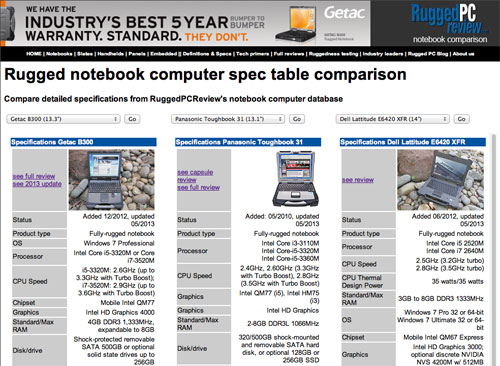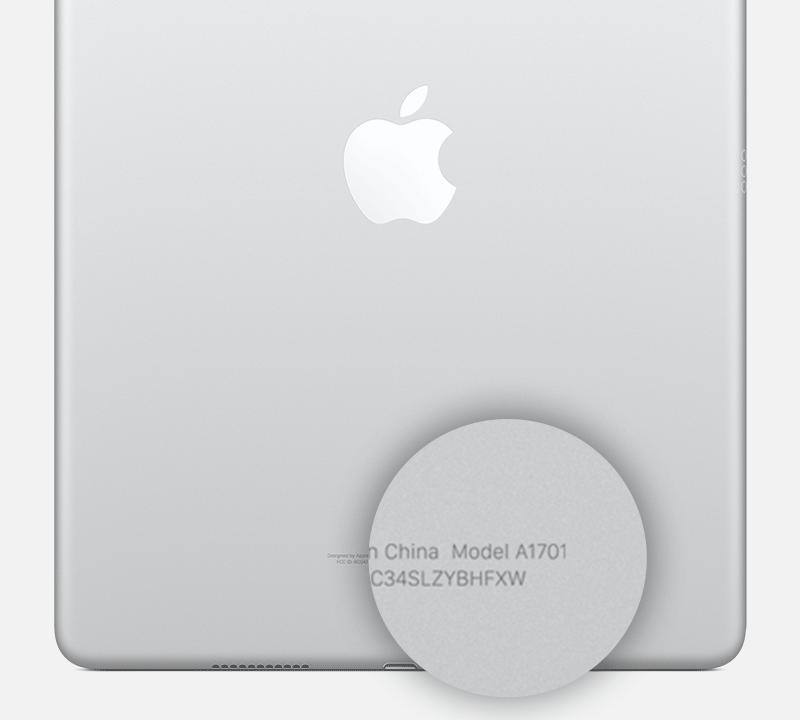


Peripheral Component Interconnect Express (PCIe) is a computer bus standard with incredibly high bandwidth potential, and is the fastest bus option that most computers have available. In short, SATA just wasn’t made for solid state drives. And even if you’re using a SATA III interface, you’re still probably limiting your SSD. But as it applies to SSDs, if you’re not using a SATA III connection, it’s safe to assume you’re limiting the potential of your drive. This can cause some confusion in the event that you connect a hard drive that supports the SATA III standard into a SATA II connector, creating a bottleneck at the SATA II interface that will limit the potential bandwidth of the drive. The SATA standard has now undergone three major revisions, resulting in connectors that are identical in appearance (hurray for backwards compatibility), but with bandwidth doubling each time. The SATA standard’s been in use for many years and is still the most prevalent interface for connecting internal storage drives. SATA (Serial Advanced Technology Attachment) refers to the technology standard for connecting hard drives, solid state drive, and optical drives to the computer’s motherboard. Luckily, advances in host interfaces invariably stay ahead of the pace of drive technologies, always allowing room to push speeds a bit farther. If you are, it’s time to get up to speed!Įver faster drive technology, brought about by faster spinning disks, increased cache, advances in controller architecture, and a host of other factors keeps pushing the host interface to become the bottleneck for read and write speeds. If you’re into vintage computers and you think patience is a virtue that can only be honed by waiting for programs to respond, maybe you’re still rocking a drive with a PATA interface. 5AĮvery hard drive or solid state drive you’ve used in the past ten years is likely to have used either a SATA interface, or more recently a PCI Express interface. Generation 1: MacBook Air (Late 2010 – Mid 2011).The mid-2013 11-inch MacBook Air with 256GB scored an average of 687 MBps writing and 725 MBps reading, while the brand new MacBook Air with 256GB of flash storage averaged 520 MBps writing and 676 MBps reading. The 2014 MacBook Air with the same capacity averaged 306 MBps while writing and 620 MBps while reading. The mid-2013 MacBook Air with 128GB of flash storage averaged 445 MBps while writing data and 725 MBps while reading. We also ran Blackmagic Design’s Disk Speed Test, which showed the flash storage in the new models running slower than the same capacities in the previous generation. Zipping the files was only 3 percent slower on the 2014 11-inch MacBook Air. The performance differences narrowed considerably, as well, but the 2014 11-inch MacBook Air with 128GB of flash storage was still the slowest of the group in these three tests it was 35 percent slower than the mid-2013 13-inch MacBook Air with the same flash storage capacity when copying files, and 53 percent slower than that system when uncompressing the files. Both the 20 vintages of MacBook Airs were faster at manipulating this data set. We simplified the 6GB data set we use in our copy, compress and uncompress tests to use fewer but larger files (1765 versus 8797) and ran the trials again. However, the new 11-inch model was also slower than last year’s 13-inch model with 128GB of flash storage.Ĭompressing a 6GB folder also took quite a bit longer on the new MacBook Air and Unzipping was just plain slow, with the new 11-inch taking nearly three times as long to perform the task as last year’s 11-inch MacBook Air. With solid-state storage, lower capacity drives are often slower performers, and last year’s 11-inch had the higher capacity 256GB of flash. (The mid-2013 MacBook Airs we have on hand are an 11-inch 1.3GHz model with 256GB of flash storage and a 13-inch 1.3GHz model with 128GB of storage.) Copying 6GB of files and folders took 28 seconds on last year’s 11-inch MacBook Air, but took nearly twice as long (54 seconds) on this year’s 11-inch model.

Interestingly, the new MacBook Air turned in slower test results than the mid-2013 MacBook Air in our storage performance tests.


 0 kommentar(er)
0 kommentar(er)
